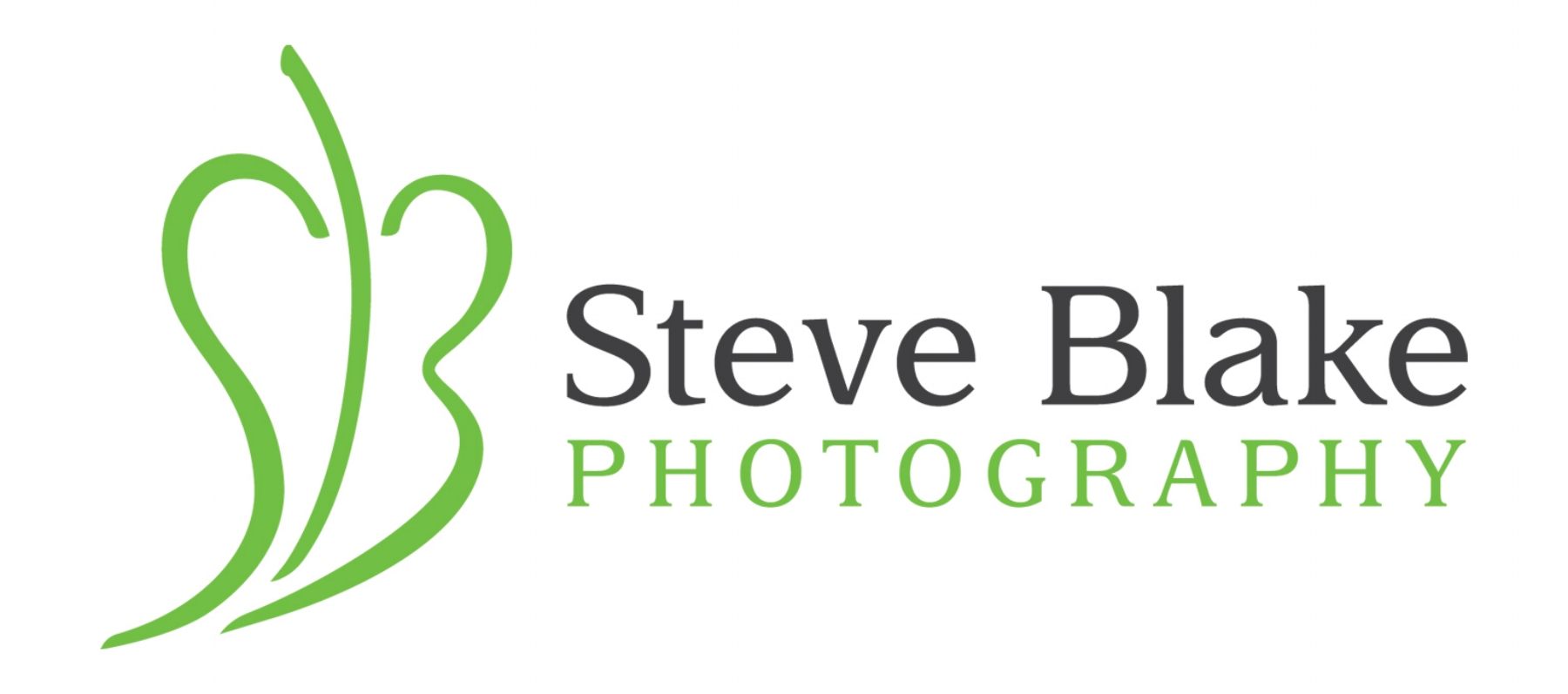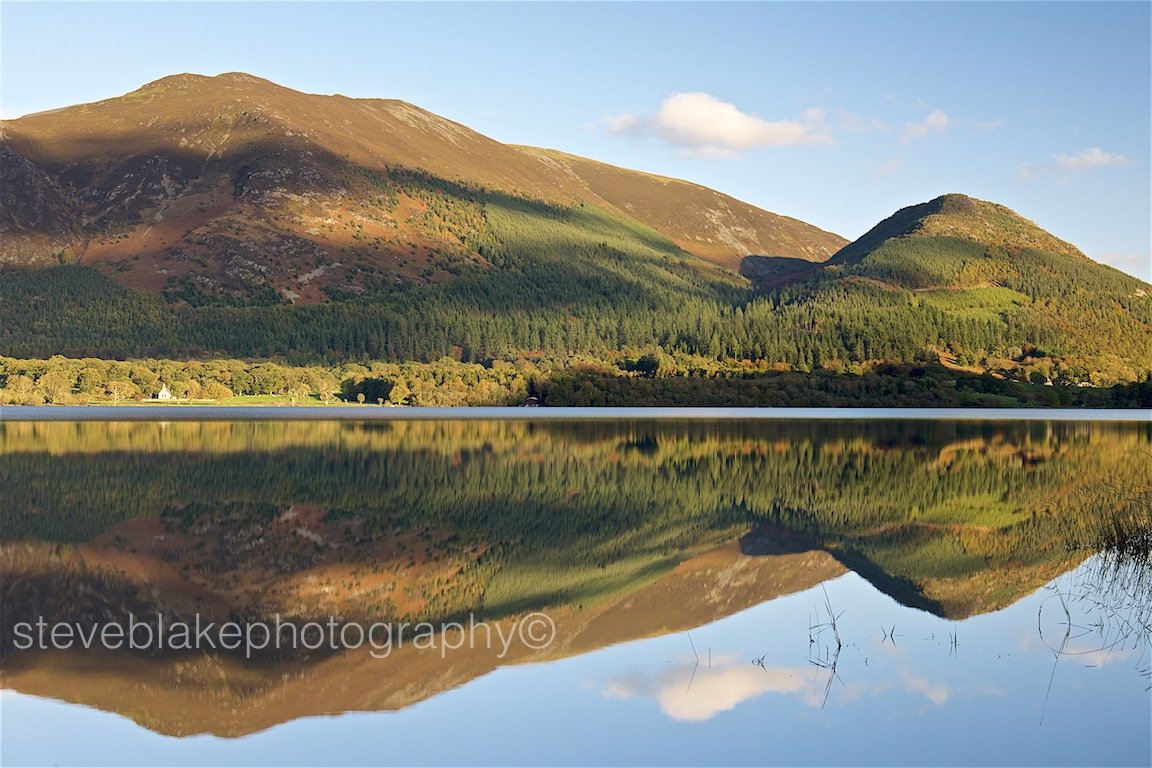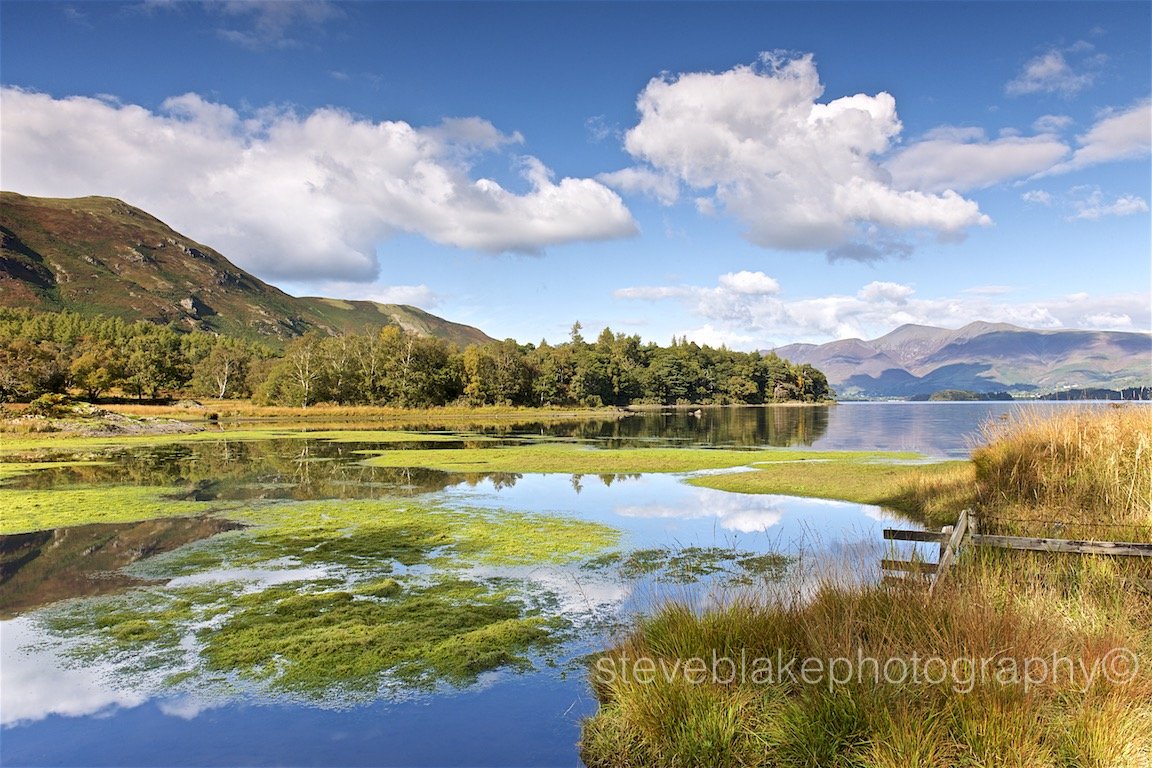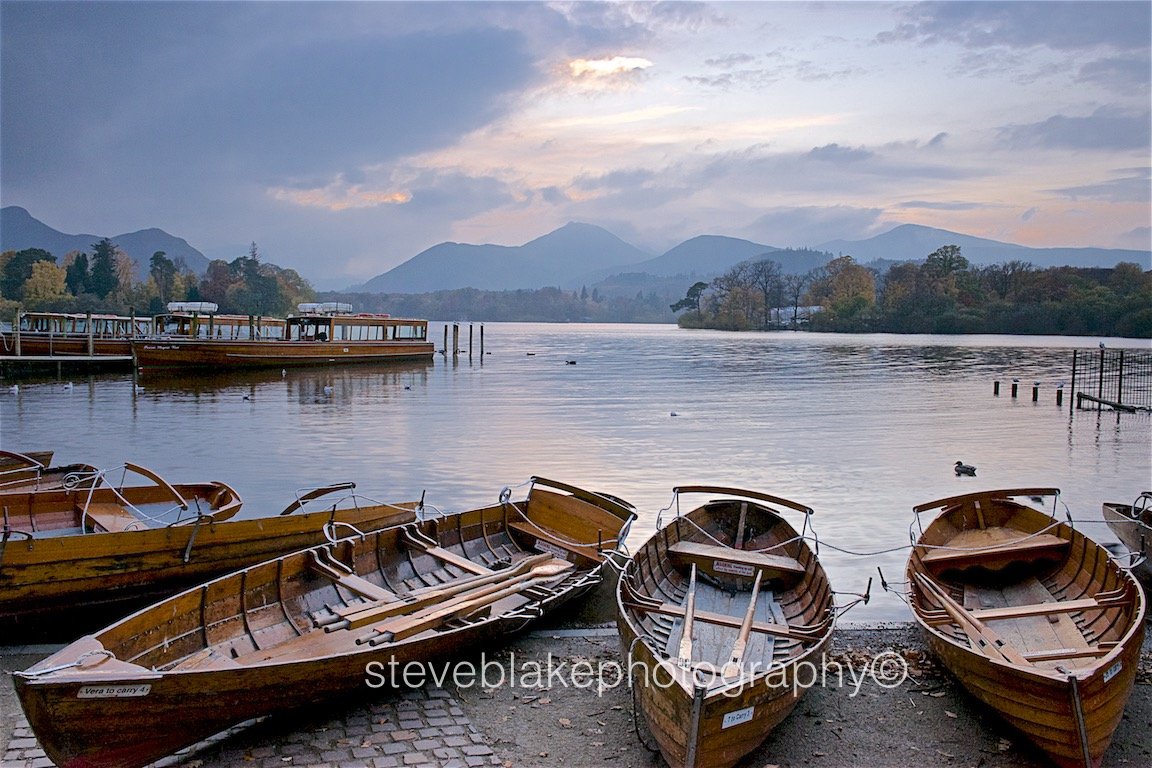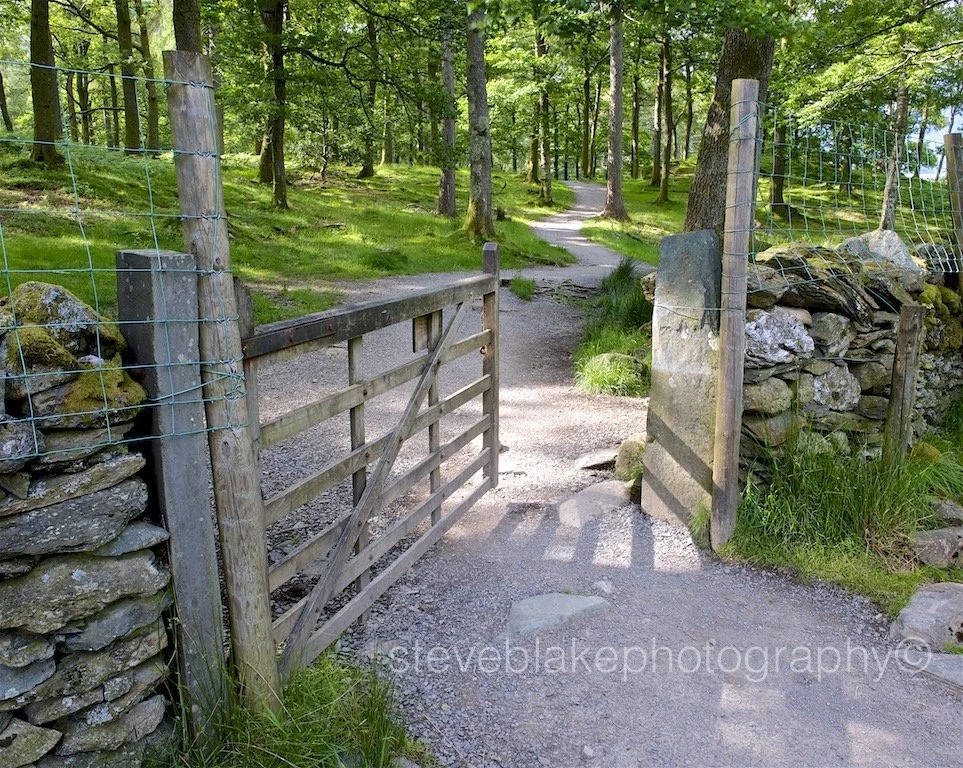Camera settings to improve your landscape photography.
This is intended to be a brief overview of the relationship between different camera settings. One setting cannot be changed in isolation without it affecting another. Understanding how settings work and what they do will help you achieve more satisfying results in your landscape photography.
Firstly, some brief explanations of the terms we’ll be looking at.
Aperture - This determines the amount of light entering the camera via the lens and falling on the sensor (or film). Aperture settings are marked on the barrel of the lens and often also within your digital camera ‘Menu’ settings. Aperture is shown in ‘F’ stops (for example, F2.8, F11, F16, F22 etc). Not all cameras have the same range of ‘F’ stop settings - the range available will vary significantly between camera models and lenses.
The aperture selected will determine the amount of ‘front to back’ sharpness in the picture. This is commonly referred to as ‘Depth of field’. For example, photographing a person on F2.8 will give you a sharp image of the person but everything in front of and behind the subject will be out of focus - ( known as Bokeh). This is useful, for example, with portraits or still life photography. With landscape photography you would usually want to select a much higher ‘F’ stop value (for example F22) to ensure the photograph is sharp throughout the image. Therefore, the higher the ‘F’ stop number, the greater the depth of field in your photographs.
Shutter speed - The shutter speed is exactly what it says - it describes the amount of time it take for your camera’s shutter to complete it’s cycle of opening and closing. For example, a shutter speed of 1/2 second (sec) will be much slower than a shutter speed of 1/100th sec. Slow shutter speeds are great for capturing low light landscapes or movement in water (such as a waterfall to give it that ‘silky’ look). Faster shutter speeds are good for brightly lit subjects, some wildlife (for example, birds in flight) and for ‘freezing’ subjects - such as water droplets. With slow shutter speeds below 1/60th second it is essential to use a tripod because holding a camera at such slow shutterspeeds will result in a blurred image.
ISO (sometimes referred to ASA on film) - This relates to how sensitive your digital camera’s sensor is to light (or film in film cameras). The higher the ISO (or ASA) number, the greater the sensitivity. Setting a low ISO value (for example, ISO 50) will require more light (a longer exposure) to capture a correctly exposed photograph than if you’d set the ISO to a much faster value (for example, ISO 400). However, using a lower ISO value will give you a sharper and better toned result. A high ISO value (in my opinion, anything above ISO400) can introduce camera ‘noise’ (a loss of image sharpness and in worse cases, a ‘grainy’ finish to your photograph). Most modern digital cameras have built-in software to minimise ‘noise’ (referred to as ‘noise reduction’ or NR) or you can purchase separate, stand-alone software for your computer and apply noise reduction later. However, I would argue that it’s always best to avoid ‘noise’ at the point of capture (and thereby eliminate the need for any post-processing). Not only will you save yourself a task at home but (more importantly) you’ll be less likely to be disappointed with your images as noise reduction software doesn’t always do a great job (although it varies between software and camera manufacturers - check the reviews before you buy).
Histogram - its worth briefly mentioning this because it’s such a useful tool. The histogram is found on most digital cameras and looks like a graph. It is used to give you an immediate indication of how your chosen settings are impacting on your exposure levels. An under exposed image will have the peak of it’s graph to the left on the monitor screen whilst an over exposed image will peak on the right. Getting an exposure that ‘peaks’ just right of centre (in my view) is the ideal because it’s at this point that the sensor retains most information should you wish to do any post-processing.
Now lets see how this works in practice to improve your landscape photography.
How Aperture, Shutter speed and ISO work together.
Let’s say that you want to photograph a sunrise scene. By virtue of the low light you’ll need a long exposure (so you’ll need your tripod!). You set up and take a test shot at 1/30th sec at F11 on ISO 400. You’ll find that the image exposes OK but lacks sharpness throughout. It also appears flat and ‘lifeless’ as the shadows and colours you’re seeing on location are not being accurately reflected in your photo’s. So, you increase your aperture setting to F22 (because you want to improve your depth-of-field) and leaving all other settings you take a second shot - this time it’s too dark! That’s because you’ve reduced the amount of light coming in to the camera but you haven’t given the camera more time to absorb it.
So, having set a higher aperture value, you’ll need to set a slower shutter speed (to give the camera more time to absorb the light). To compensate, you drop down to around 1/10th sec. However, you’re still not happy with the resulting image. It might be ‘OK’ in terms of exposure but it may look a bit ‘flat’ (as though the colours have lost their ‘punch’). This is where ISO can be very helpful. Not only will ISO help your camera absorb light in poorly lit conditions when set high, it will also help your camera accurately record better tonal detail when set low.
Therefore, try dropping your ISO levels to 100 (or less if your camera allows). Remember, this makes the camera’s sensor less sensitive to light and so again, you’ll need to adjust your shutter speed to compensate this. By now you’ll probably be close to a correct exposure of ½ - 1 full second. Many of my low light images have been captured using multiple second exposures (so this is not a problem) - remember, a tripod is essential here.
The main point throughout is to experiment and ENJOY your photography. One of the great advantages of digital photography is that you can always delete your mistakes and it won’t have cost you anything. Every mistake is a lesson learnt for the next opportunity and the more you practice the more adept you’ll become at working with light. In time, these three settings will become like good friends which, when working together, will bring you some great results!
